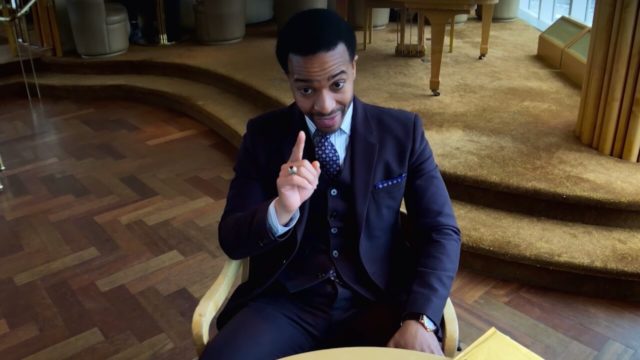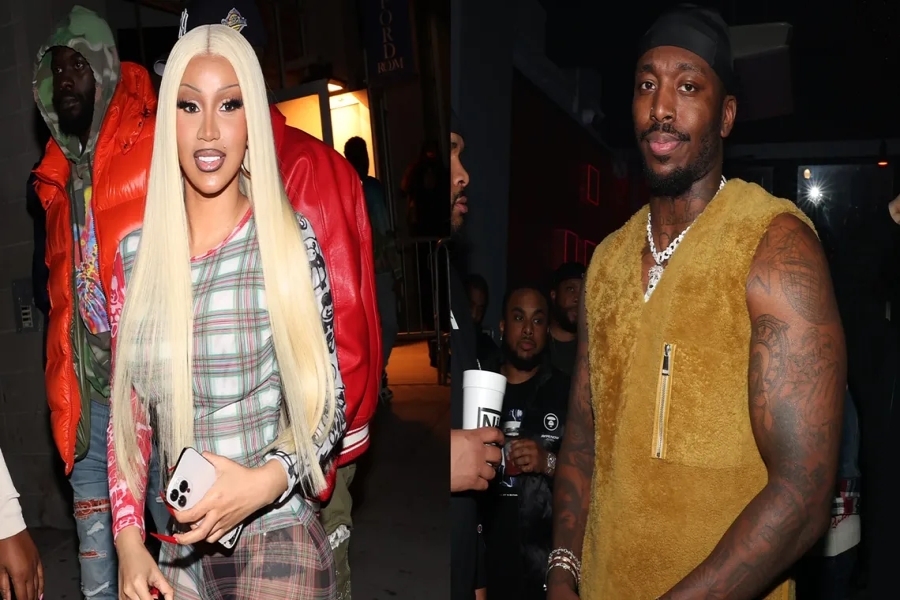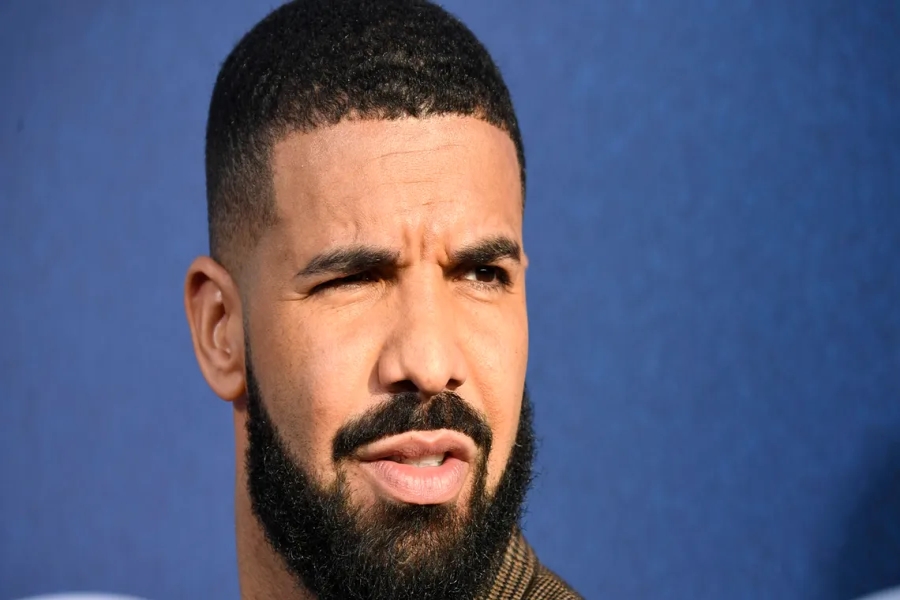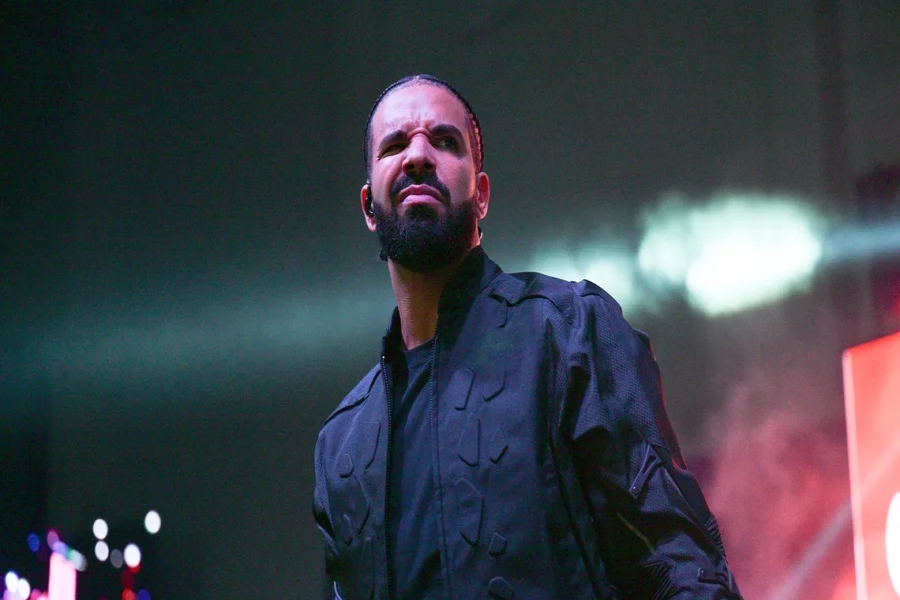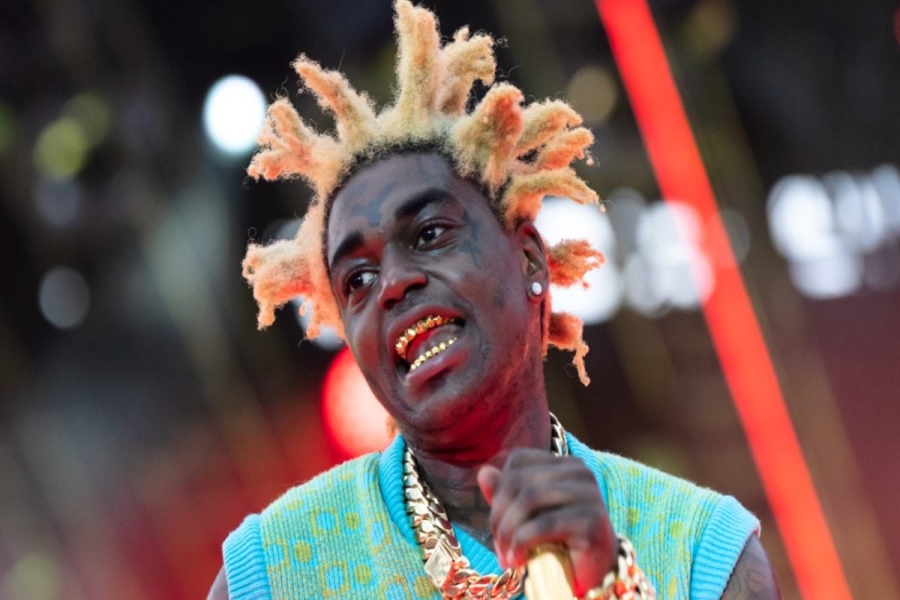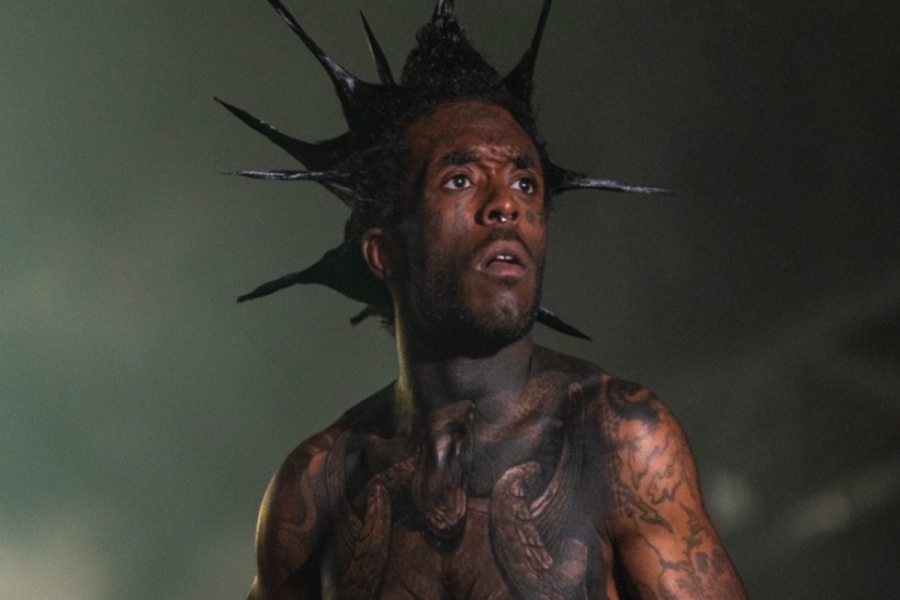But the movie’s real draw is its assortment of talented actors, chattering their way through Moonlight co-writer Tarell Alvin McCraney’s zippy, quippy script, which feels more like the work of Aaron Sorkin than McCraney’s gorgeously laconic earlier work. There’s not a lot to for Soderbergh to do except let his swashbuckling cast work, and that’s what he does, artfully framing each bit of banter but otherwise prudently getting out of the way.
High-Flying Bird’s fictionalized narrative takes place during an NBA lockout whose particulars are similar to the lockout of 2011, when the players fought for more contract flexibility and a higher share of the league’s huge revenue from TV contracts and other sources. The film follows a swaggering sports agent named Ray, played by Moonlight’s Andrew Holland, and his dealings with an anxious number-one draft pick named Erick, played by relative newcomer Melvin Gregg. Erick is stuck in a bind: without the savings from past salaries that veteran players have, he’s in unfortunate financial straits, and the bickering between the league and the Players Association doesn’t seem likely to end to soon. Ray tries to use the lockout to his client’s advantage, enlisting the help of his former assistant Sam (Zazie Beets), who is constantly reminding him about the “former” part, and of Myra, the head of the Players Association (Sonja Sohn). He hatches an ingenious plan to wrest power from the league: hosting private streetball games between notable NBA stars, with profits that would solely benefit the players.
The timing of High-Flying Bird’s arrival on Netflix is fortuitous: just as the NBA is finishing a particularly dramatic trade deadline, in which one of the league’s best players held his team hostage in a failed attempt to be traded to his ideal organization. Though its story looks to the past, the movie also confronts an inevitable future, in which NBA players have more power than ever before, in part due to the decentralization of media, allowing them to speak directly to fans and audiences. Ray’s dream of “disrupting” the league has not come to pass in reality, but it could. (Erick, on the other hand, just wants to make a little money and hang out with girls.) In its illustration of these conflicts, High Flying Bird deftly asks questions about being black in America and playing for a league—or working for a company—where very few of the people in power look like you.
And then of course, there’s the Netflix-ness of it all. While High-Flying Bird is a pleasure to look at in a theatre, Soderbergh seems aware that plenty of people are going to be watching on their computers or phones, and the concessions to the format can be distracting. The script is full of digressive conversations about two things at once, as when Myra and Ray discuss an upcoming meeting with a team owner (played in bewildering fashion by Kyle MacLachlan) while also discussing her plans to have a child. At times, it feels more suited to listening than watching: if you need to check an email, you won’t miss much, as long as you can follow the thread of the dialogue. In a moment of either meta-commentary or simple product placement (maybe both), Netflix itself becomes a talking point, in a conversation between about selling streaming rights to a one-on-one game between Erick and a teammate he’s beefing with. And repeated cutaway interviews with real NBA players like Donovan Mitchell, Reggie Jackson, and Karl-Antony Towns disrupt the flow of the narrative, providing some interesting insight about their own rookie years but feeling more like opportunities for bathroom breaks than valuable additions to the film.
Still, as a quick and easily absorbed film that conveys meaningful ideas without beating you over the head with them, High-Flying Bird has a lot going for it. Soderbergh and McCraney have documented the world as it really is right now, with every scene reflecting late capitalism’s push-pull dynamic between the workers and the power structure. The film gives you just enough to make you consider what exactly any person working for a billion-dollar organization deserves, and whether they have a right to fight for it. High-Flying Bird doesn’t present those answers, but it doesn’t need to. At the start of the film, Ray gives Erick a mysterious gift that he’s not supposed to open until he’s “ready,” one that’s clearly meant to challenge the things he holds dear, and provoke thought about his own status as a cog in a machine that makes others wealthy at his expense. Much like that gift, High-Flying Bird is a starting point, not an ending, asking us to consider questions of money, individual agency, and who owes what to whom.

